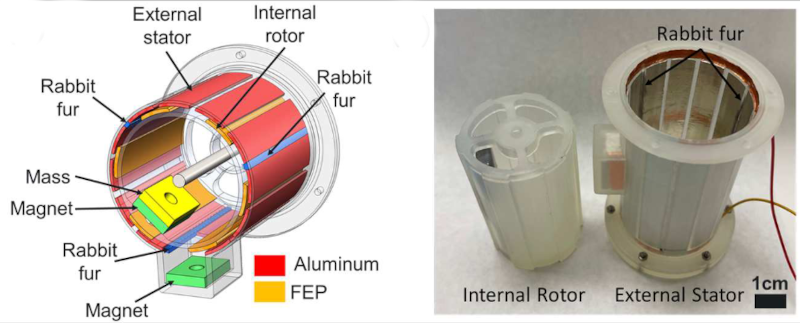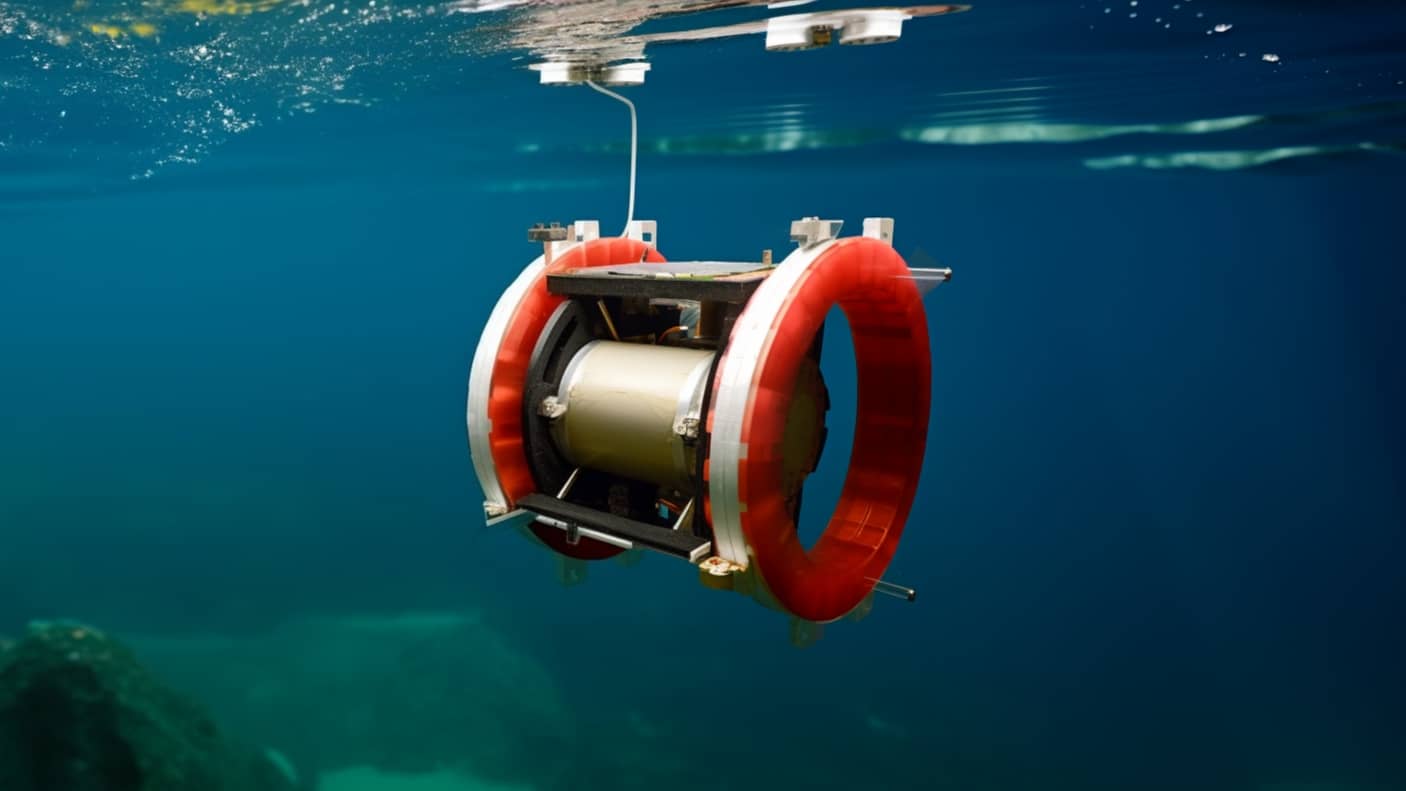The ocean, with its incessant movement, is an energetic giant just waiting to be exploited. But how can we capture and use this titanic force, even in places where there are no "impetuous" movements? The answer may be smaller than you think: triboelectric nanogenerators, a technology based on triboelectricity.
Power is (even) in the little things
Triboelectric nanogenerators, or TENGs, are nothing new. We have been talking about its potential in the field of food for some time on this site smart fabrics, The medical implants and other applications.
A triboelectricity generator, or TENG, is a device that produces electricity by exploiting the phenomenon of triboelectricity. This phenomenon occurs when two different materials come into contact and then separate, creating a difference in electric charge between them. This difference in charge can then be used to generate electric current. Basically, it's like having a mini power plant that powers up whenever two materials touch and separate.
Now, a team of visionary researchers from the Pacific Northwest National Laboratory (PNNL) in the United States has developed a new approach that allows these small devices to be used even where the waves are more "shy", that is, where they have a higher amplitude and frequency. low. A method that could replace traditional systems.
Triboelectricity: old strength, new approach

The new PNNL method uses a rotor and a stator, along with some materials such as aluminum and magnets. The stator is 3D printed in resin.
The idea is to mechanically accumulate and amplify small low-frequency waves into a high-frequency motion suitable for triboelectric generation. And the data supported it well, speaking very clearly.
In the study published in Nano Energy (I link it here) the research team demonstrated the effectiveness of their system by using the generator to power an acoustic transmitter. The generator charges a capacitor and, when the charge is sufficient, the system uses it to send data acoustically. During testing, the system achieved a peak power density of 6.67 W/m3 with a sine wave of 0.33 Hzthus demonstrating its effectiveness even in low frequency conditions.
A step forward for sustainable energy
This new approach to marine wave energy generation could be a significant step towards a more sustainable future.
Wave energy is a renewable and inexhaustible resource, and the ability to harness it more efficiently with triboelectricity could have a huge impact on our ability to produce clean, sustainable energy.
Innovative solutions like this bring us ever closer to a future where renewable energy is the norm, not the exception. With the ocean covering more than 70% of our planet's surface, wave energy could be one of the keys to unlocking that future.


